Optimal Timing for Floor Joist Repairs
Determining the optimal time for floor joist repairs depends on various factors including seasonal conditions, structural assessments, and property use. Typically, repairs are best scheduled during periods of stable weather to facilitate safe and efficient work. Addressing issues promptly can prevent further deterioration and costly damages.
Spring and early summer often provide favorable weather for structural repairs, reducing delays caused by rain or cold temperatures.
Visible sagging, creaking, or uneven flooring indicate potential joist problems that may require immediate attention regardless of season.
Scheduling repairs during times of low occupancy minimizes disruption and allows for thorough work.
Regular inspections can identify issues early, enabling planning during optimal seasons for repairs.
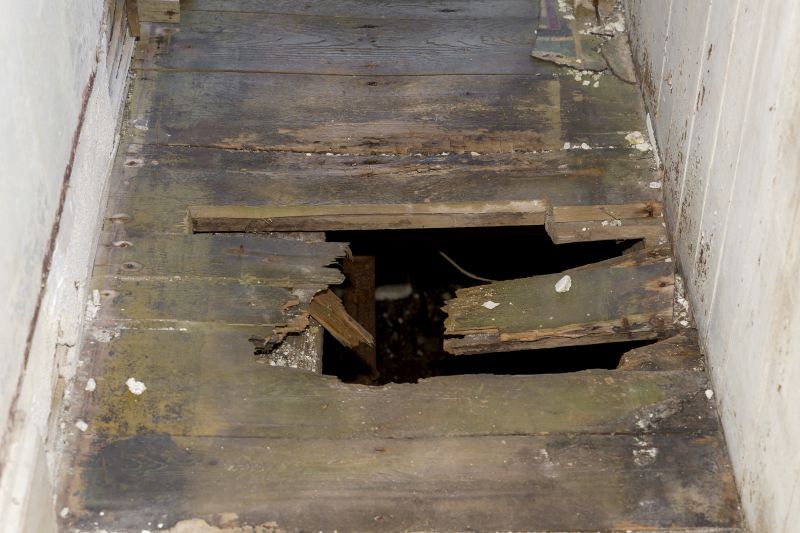
Visual inspection of joists for cracks or rot.
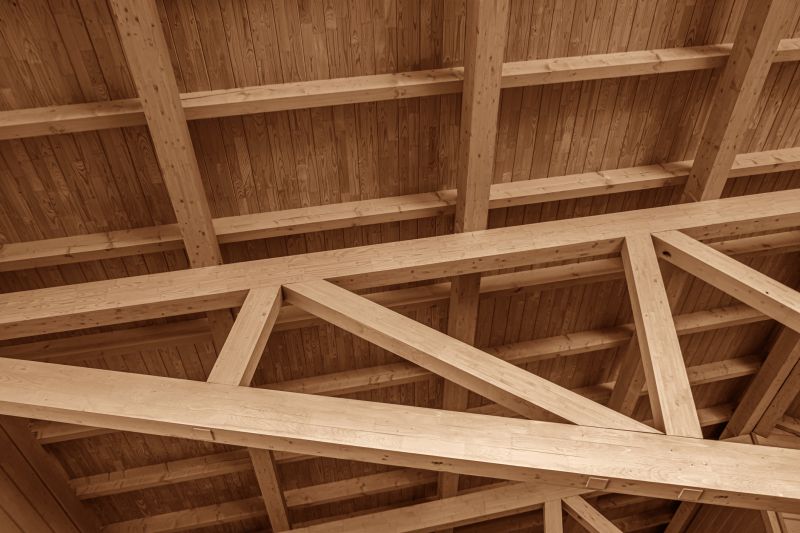
Reinforcing or replacing damaged joists.
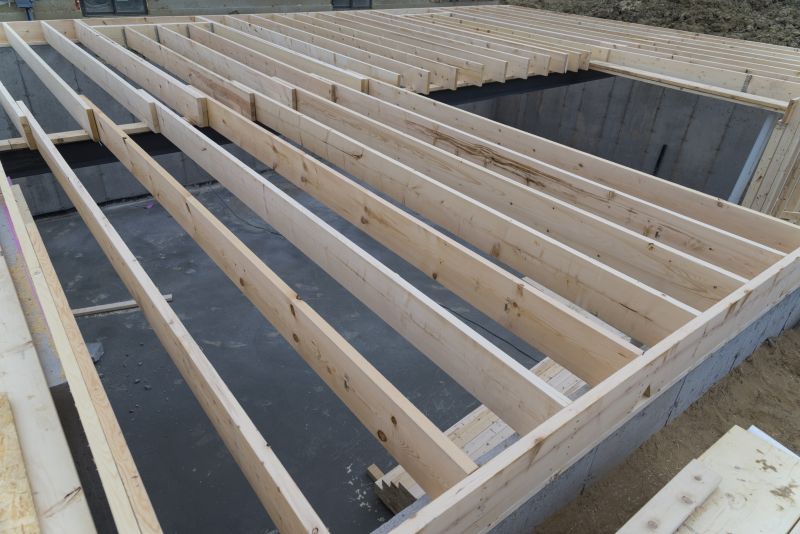
Ensuring stability and safety after repairs.
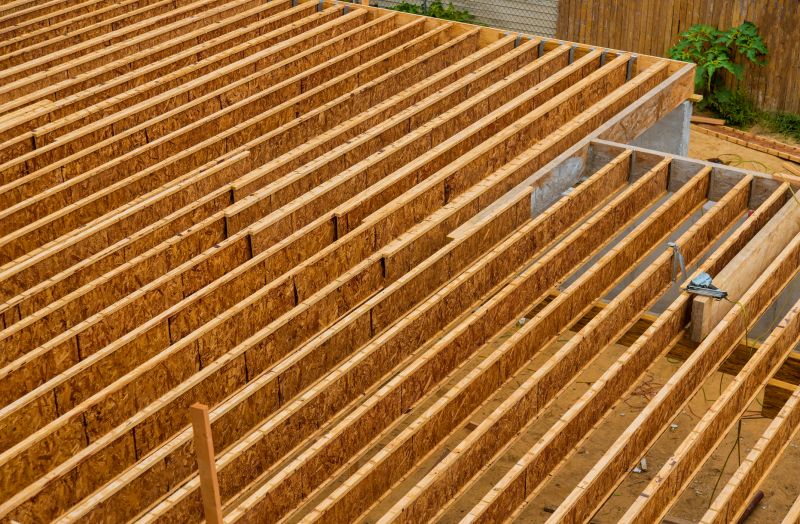
Ways to make Floor Joist Repairs work in tight or awkward layouts.

Popular materials for Floor Joist Repairs and why they hold up over time.

Simple add-ons that improve Floor Joist Repairs without blowing the budget.
Floor joist repairs are critical for maintaining the structural integrity of a building. Joists support the weight of floors and ceilings, and compromised joists can lead to sagging, uneven floors, or even collapse if left unaddressed. Common causes of damage include water exposure, pest infestation, and age-related deterioration. Statistics show that timely repairs can extend the lifespan of a building’s framework by decades, preventing extensive reconstruction costs.
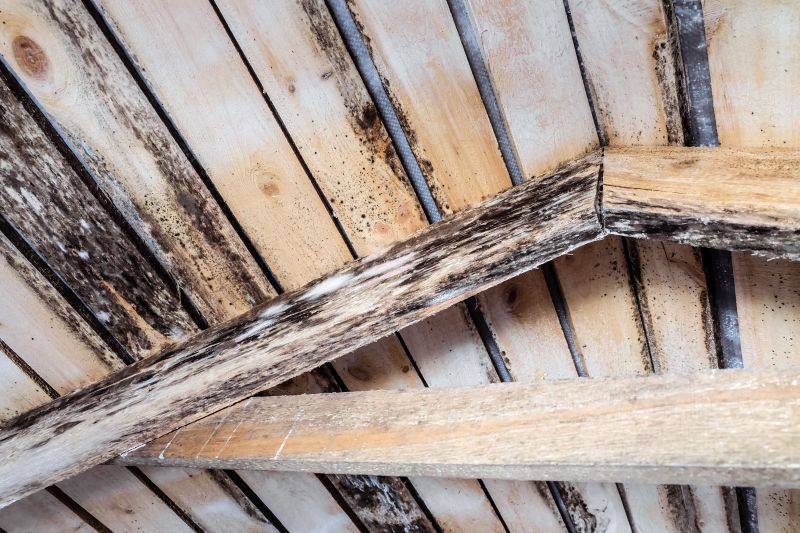
Cracks and rot visible in compromised joists.
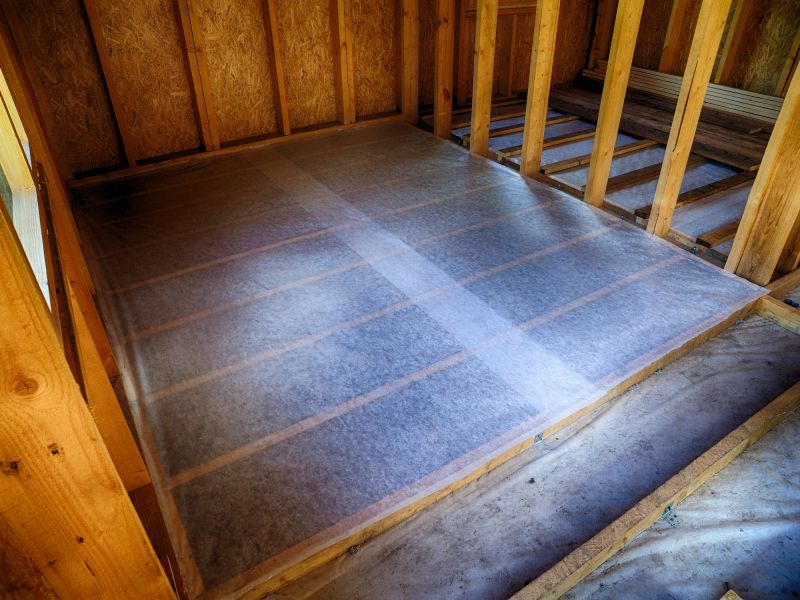
Adding support beams and replacing damaged sections.
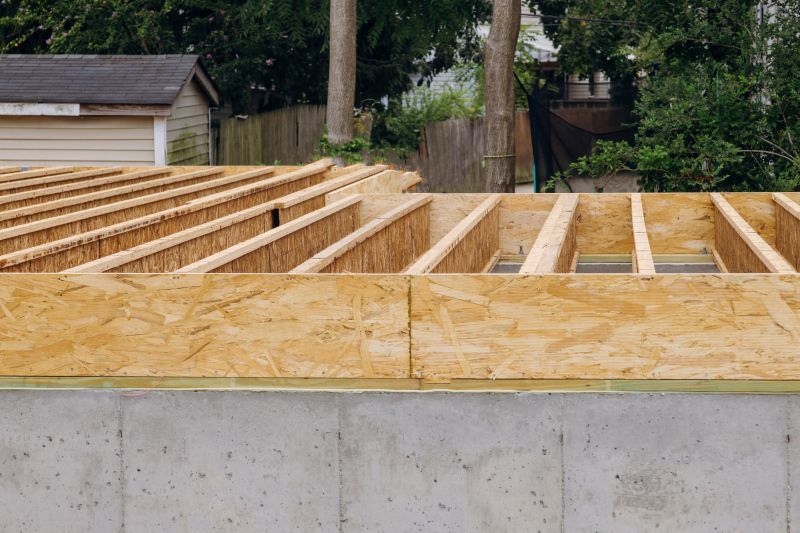
Comparison of damaged and repaired joists.

Installing new joists for stability.

High-end options that actually feel worth it for Floor Joist Repairs.

Finishes and colors that play nicely with Floor Joist Repairs.
| Factor | Best Timing |
|---|---|
| Weather Conditions | Spring to early summer |
| Structural Damage Signs | Immediate regardless of season |
| Property Usage | Low occupancy periods |
| Inspection Frequency | Regular inspections for early detection |
| Extreme Cold or Wet Conditions | Avoid during these times |
| Property Occupancy | Off-peak seasons |
| Seasonal Accessibility | Consider weather for safe access |
Effective planning for floor joist repairs involves understanding seasonal factors, structural assessments, and property use patterns. Addressing issues promptly can prevent further structural damage and ensure safety. Regular inspections can facilitate early detection, allowing repairs to be scheduled during optimal times for safety and efficiency.
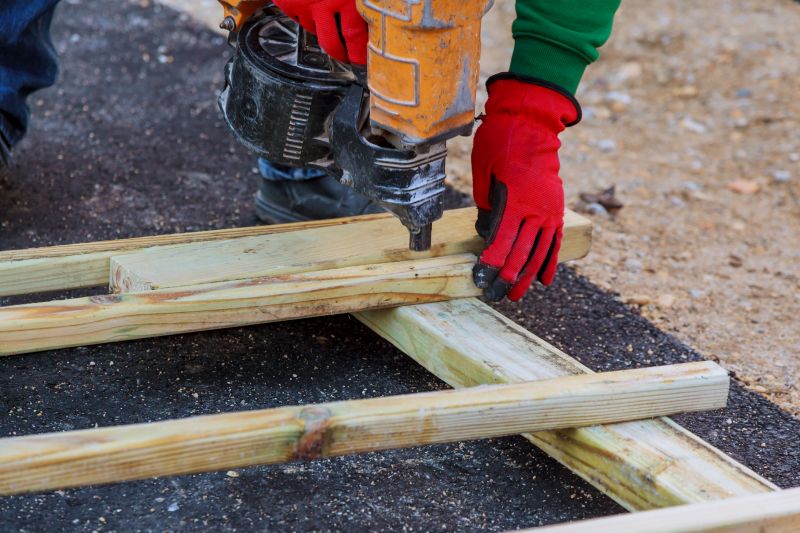
Tools used for assessing joist condition.
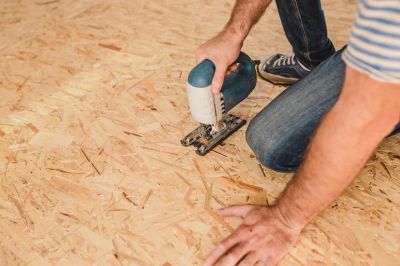
Supports and replacement materials.
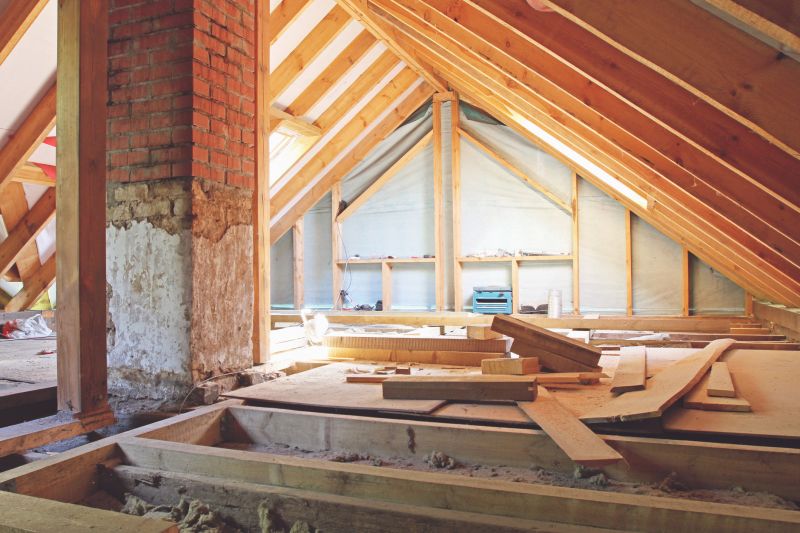
Finished, reinforced joist ready for use.

Additional beams supporting repaired joists.
Interested in floor joist repairs? Filling out the contact form can provide more information and help schedule an assessment to determine the best timing for repairs based on specific needs and conditions.



